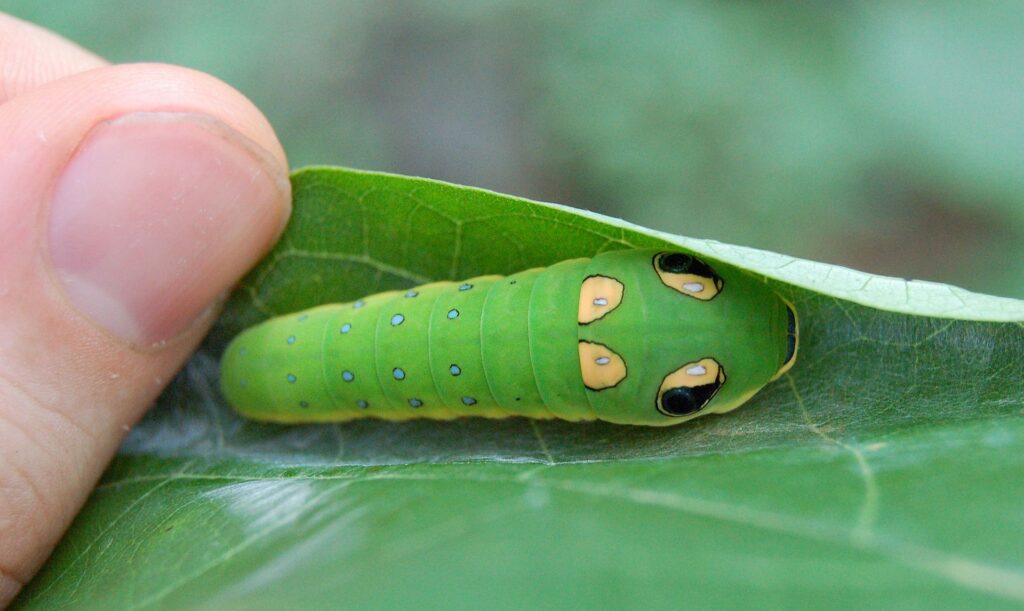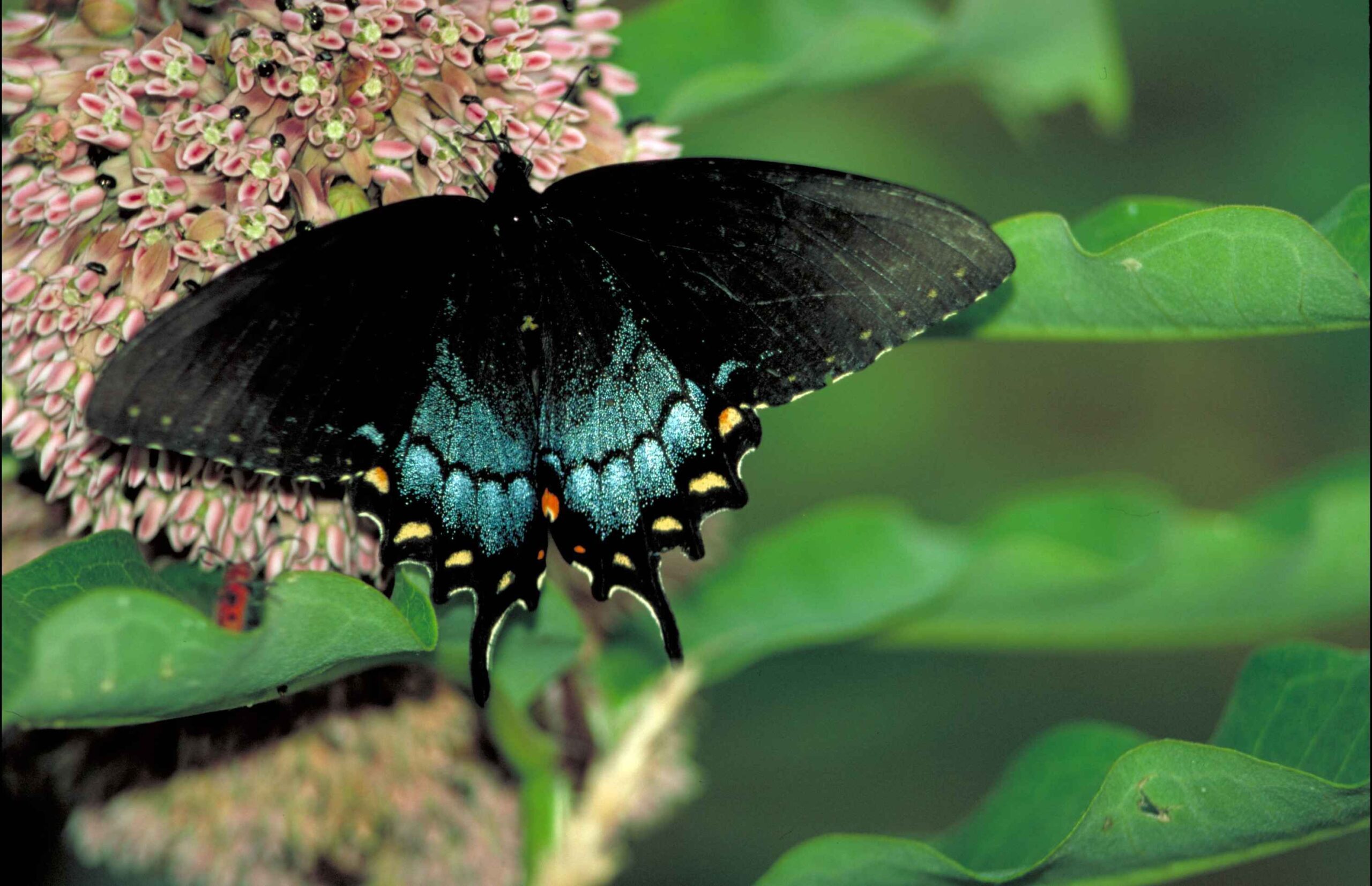The Spicebush Swallowtail (Papilio troilus) is a remarkable butterfly species that graces the landscapes of North America. Known for its stunning appearance and fascinating life cycle, the Spicebush Swallowtail is a favorite among butterfly enthusiasts and nature lovers alike.
Appearance and Identification
Size
The Spicebush Swallowtail has a wingspan that ranges from 3 to 4 inches (7.5 to 10 cm), making it one of the larger swallowtail species.
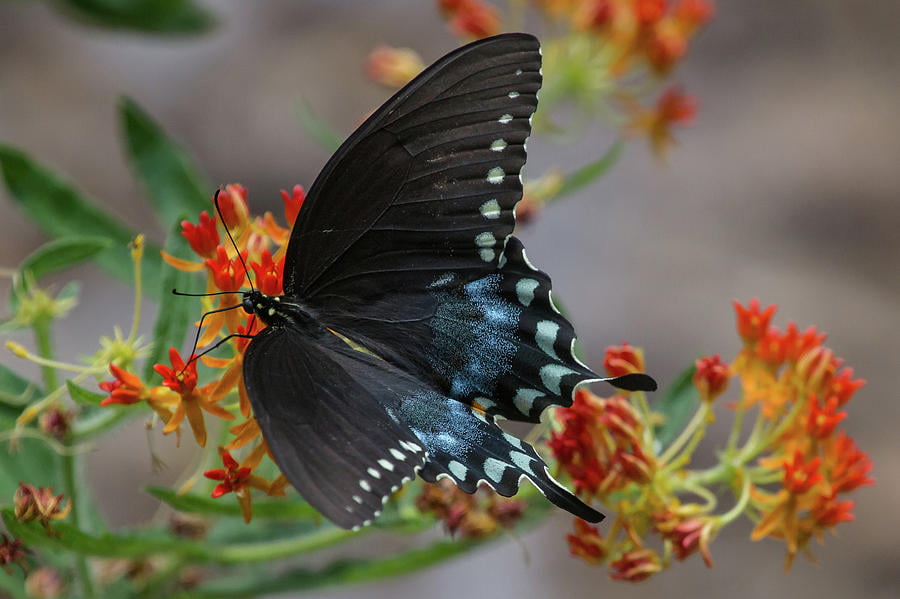
Colors
The adult male Spicebush Swallowtail boasts striking black wings with a blue or blue-green iridescence, particularly visible when the wings are open. The female’s wings are similar but with more blue scaling. Both sexes have a series of pale spots along the wing edges and a distinctive double row of orange spots on the hindwings.
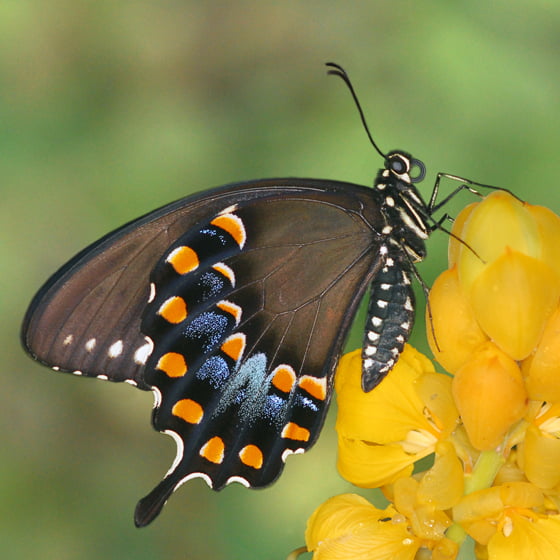
The caterpillar is equally captivating, with a green body that changes appearance through various instar stages. Early instars resemble bird droppings, while later instars have large eye-like spots, giving them the appearance of a snake’s head.
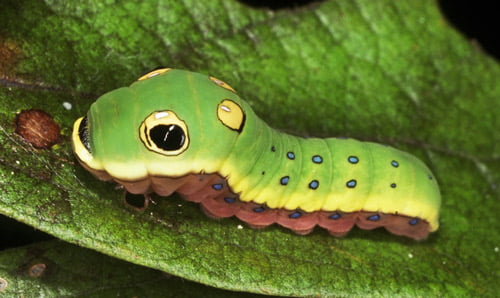
Range and Habitat
The Spicebush Swallowtail is found primarily in the Eastern United States, ranging from southern Canada through Florida and westward to Texas. It frequents woodlands, meadows, gardens, and the edges of swamps and streams.
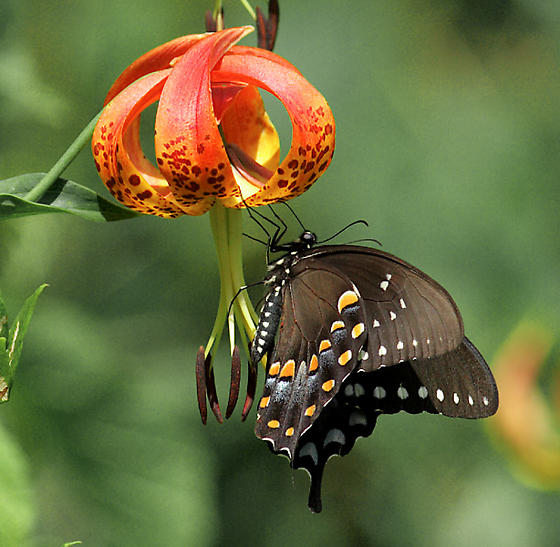
Larval Host Plants
The caterpillars of the Spicebush Swallowtail are specialist feeders, relying on specific host plants for nourishment. The full list of larval host plants includes:
Spicebush (Lindera benzoin): Hence the butterfly’s common name.
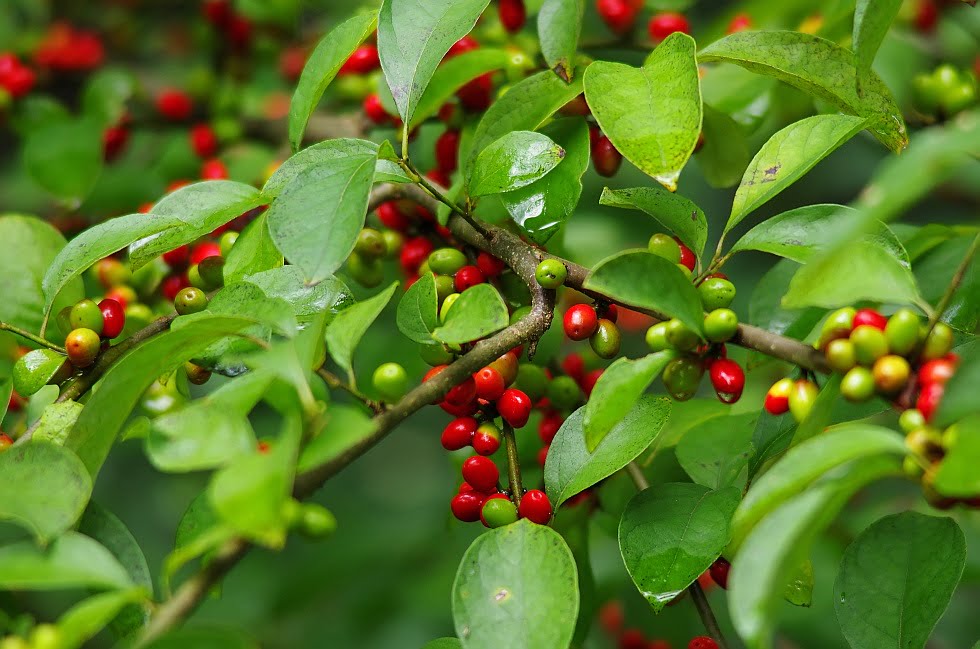
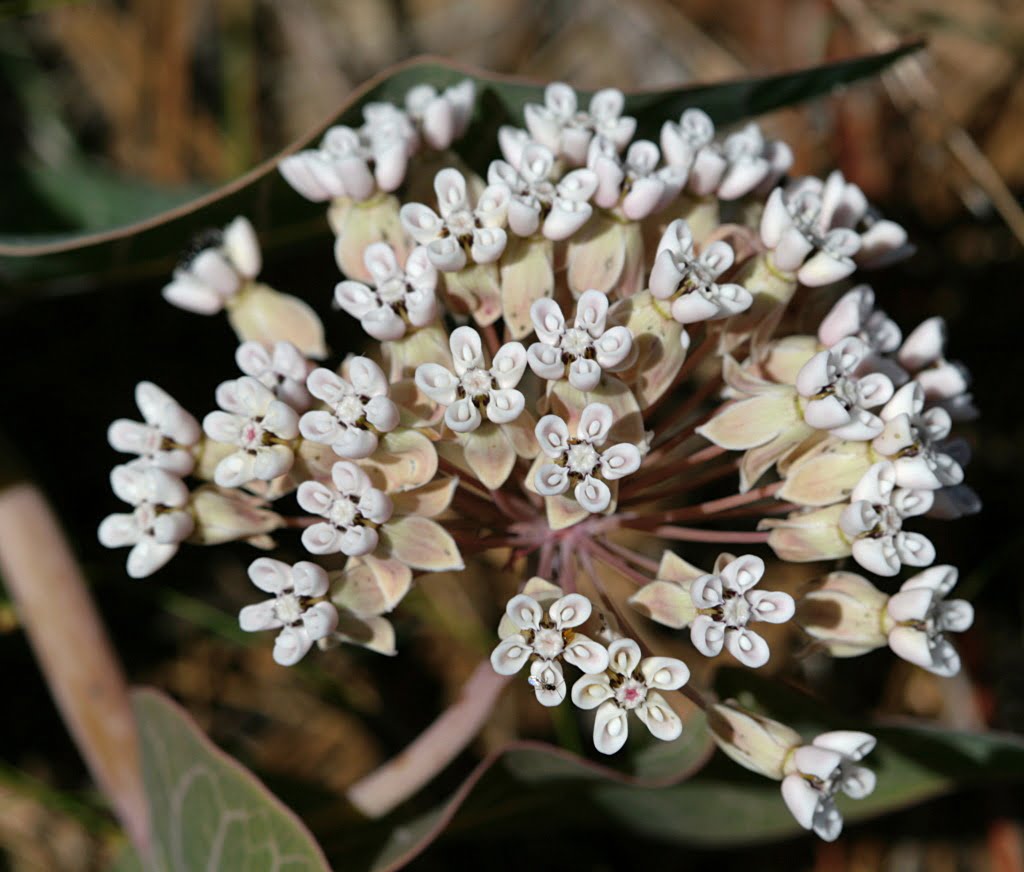
10 Sandhill Milkweed Seeds Ascslepias Humistrata Pinewood Milkweed Florida-Native
With Johnny Butterflyseed’s Sandhill Milkweed seeds, you’re not just planting flowers; you’re cultivating a living mosaic of nature’s marvels. 10+ Florida Native seeds.
Sassafras (Sassafras albidum): Another preferred host plant, its what gives root beer its distinct flavor.
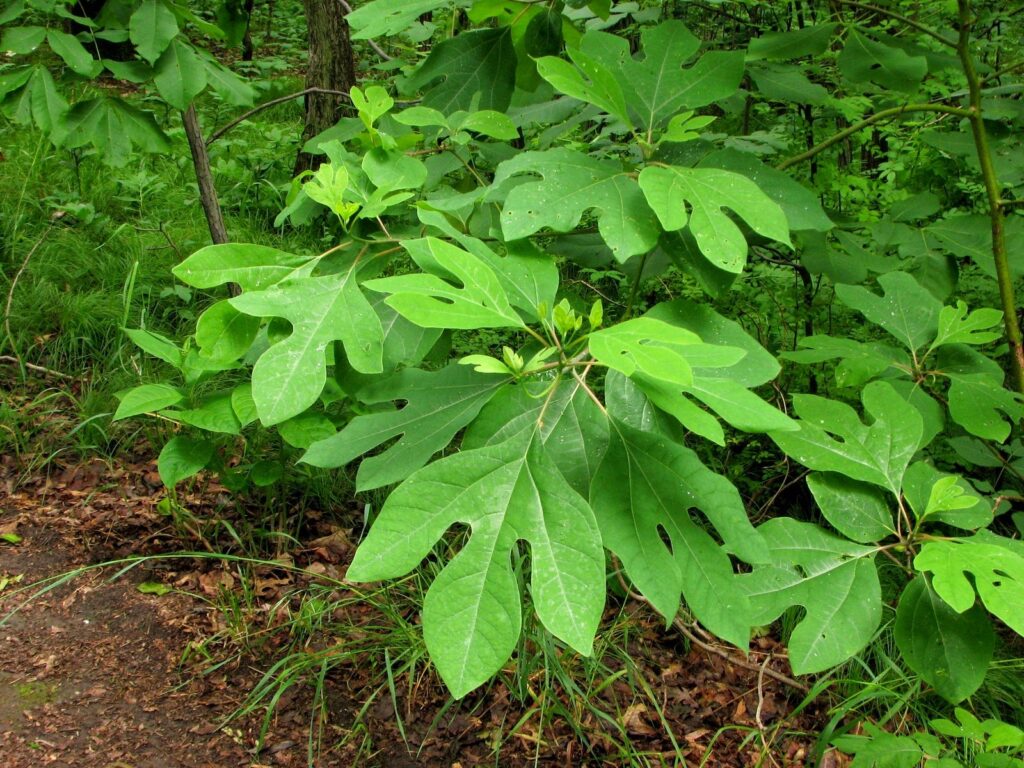
Redbay (Persea borbonia): Found in the southeastern United States. The leaves are arranged alternately and emit a spicy smell when crushed; used in cooking.
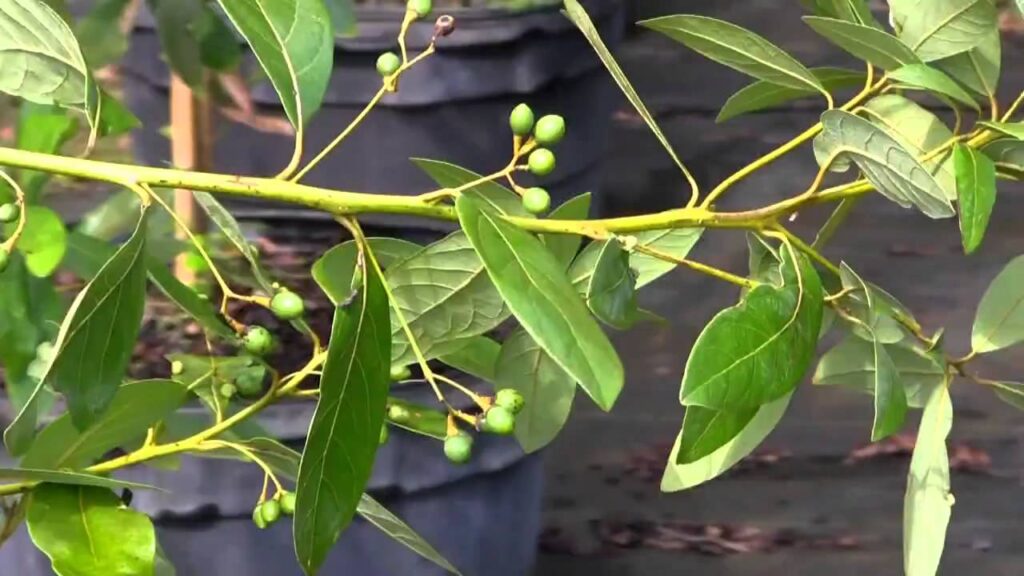
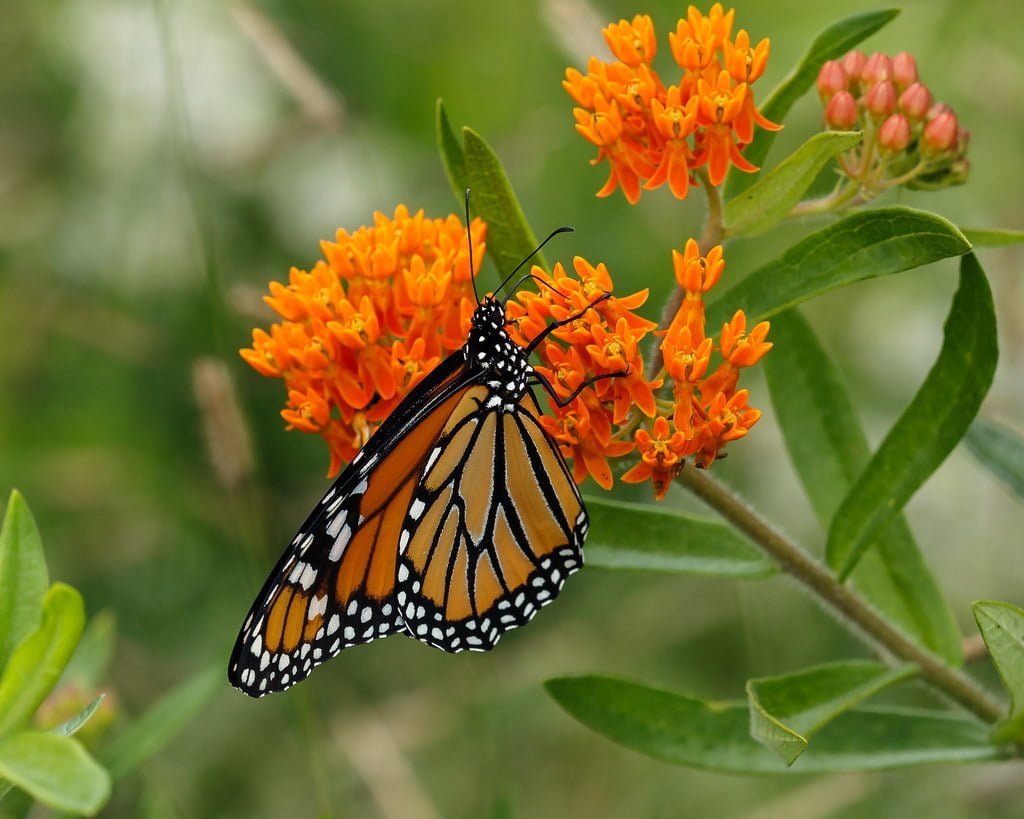
Butterfly Milkweed Seeds (Asclepias Tuberosa) for North America
More than 50 Orange Butterfly Milkweed Seeds (Asclepias tuberosa) originating from tobacco country for most of North America.
Camphor Tree (Cinnamomum camphora): Though not native, it can serve as a host plant. Camphor oil is the oil extracted from the wood of camphor trees and processed by steam distillation. It can be used topically to relieve pain, irritation, and itching. Camphor is also used to relieve chest congestion and inflammatory conditions.
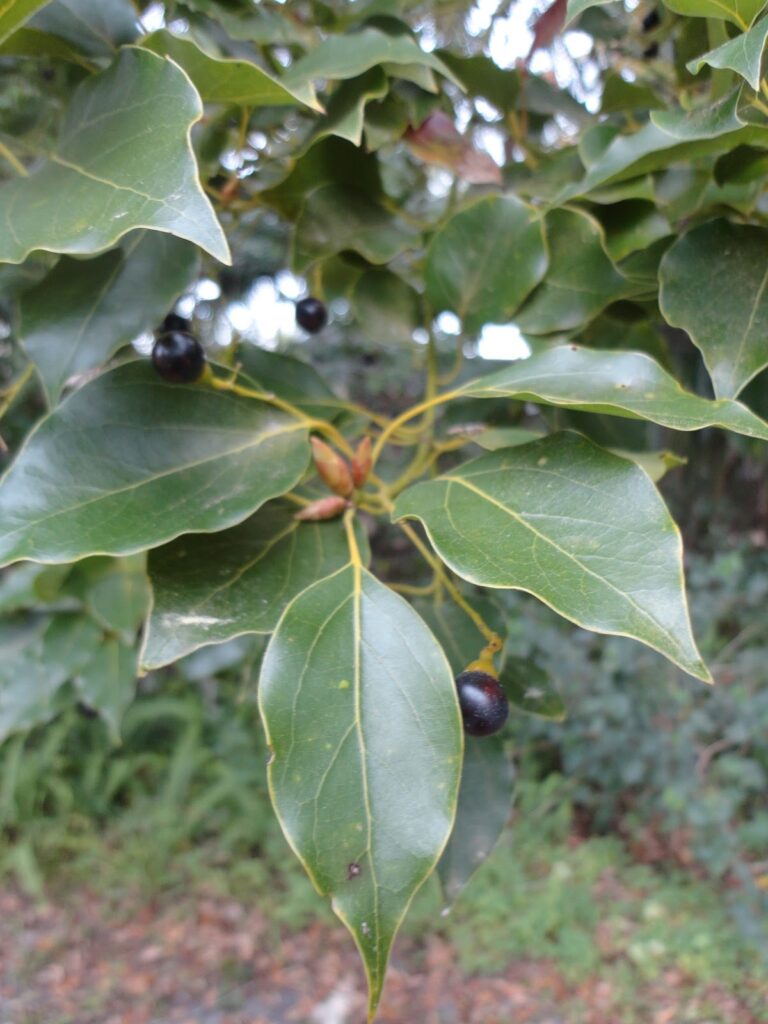
Pondspice (Litsea aestivalis): A less common host plant.
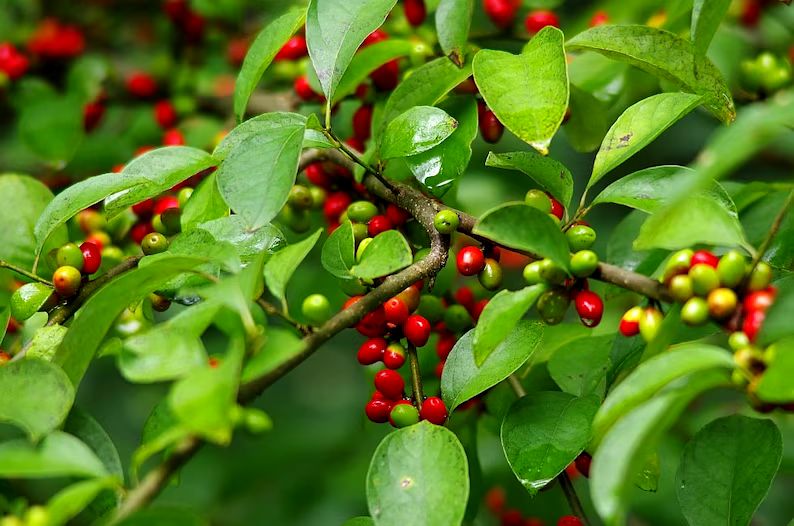
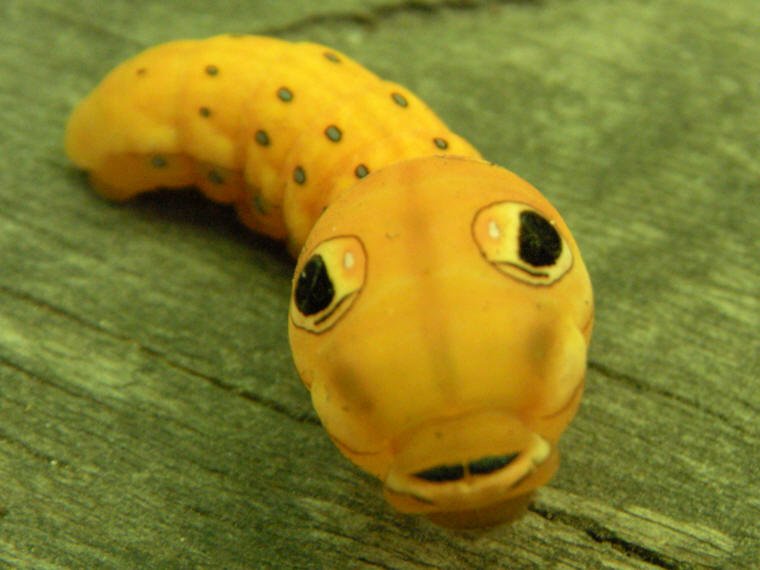
Behavior and Life Cycle
The Spicebush Swallowtail undergoes complete metamorphosis, with four distinct life stages: egg, larva, pupa, and adult. The female lays her eggs singly on the leaves of the host plants. The caterpillars feed on the leaves, developing through several instar stages before forming a chrysalis.

Adult butterflies are avid nectar feeders, visiting a wide range of flowering plants, including milkweeds, thistles, and clovers.
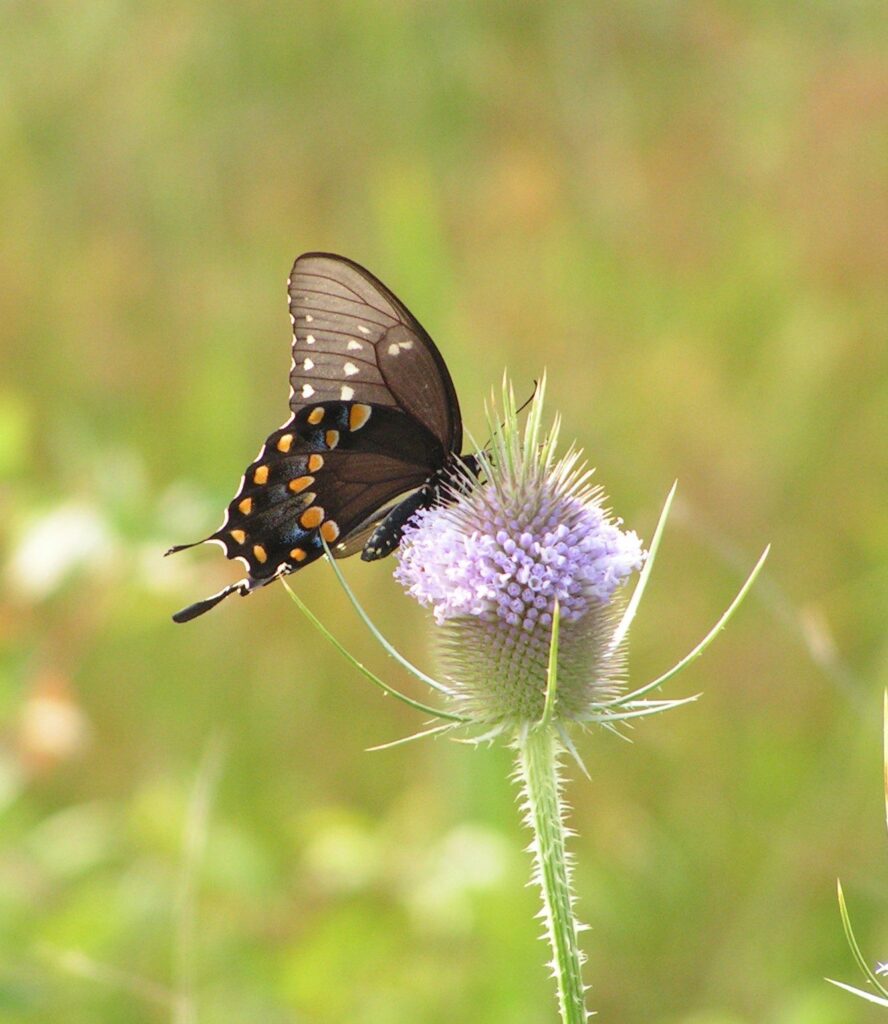
Conservation Status
While the Spicebush Swallowtail is not considered threatened, its survival is closely tied to the availability of its host plants. Urbanization, habitat loss, and the decline of Spicebush and Sassafras can impact populations.
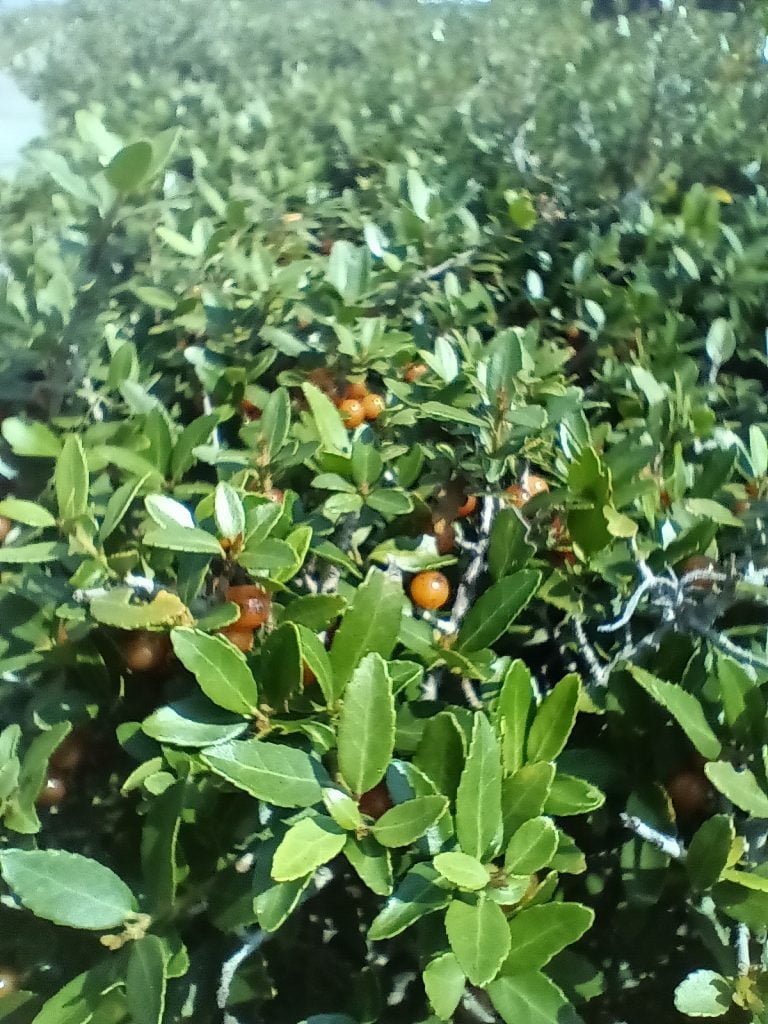
20 Florida-Native “Black Drink Holly” Seeds (Ilex nigrempotum) formerly “Yaupon”
20 or more seeds of the Florida-native, Black Drink Holly (Ilex nigrempotum), formerly known as “Yaupon.” Origin: Polk Co. FL Zone 9b.
Conclusion
The Spicebush Swallowtail is a symbol of the rich biodiversity found in North American ecosystems. Its graceful flight, eye-catching colors, and intriguing life cycle make it a subject of fascination and study. Efforts to preserve its native habitats and host plants not only support this magnificent butterfly but also contribute to the overall health and beauty of our natural environment. Whether you encounter the Spicebush Swallowtail in the wild or in a butterfly garden, its presence is a reminder of nature’s wonder and the intricate connections that bind us to our environment.

The Adventures of Johnny Butterflyseed – Author Signed First Edition Children’s Book
Save the monarchs!
Johnny Butterflyseed and his fairy friend, Raven Silverwing, embark on a mission to save the rapidly disappearing butterflies. They enlist the help of Queen Venus Goldwing and her kingdom of monarchs to educate and inspire kids to become butterfly farmers. At first, Johnny faces his own internal struggle with self-doubt and fear in his ability to make a difference, but then soon develops a mindset that allows him to not only get started, but also make progress one day at a time. Through challenge after challenge, Johnny learns that he is not alone in his mission and that there are many people who want to help. Together, Johnny, Raven, and Queen Venus educate thousands of children on becoming butterfly farmers.
